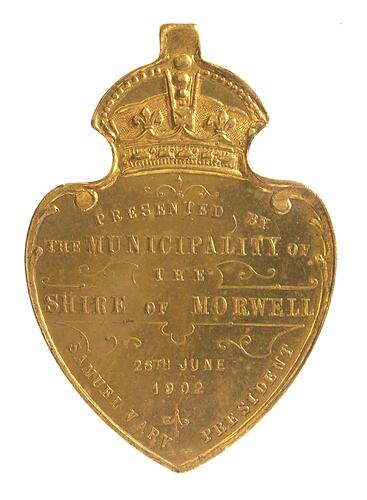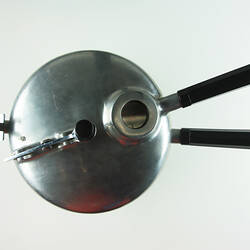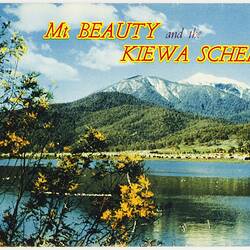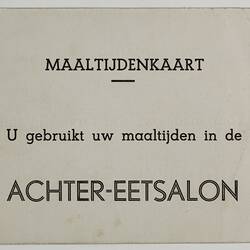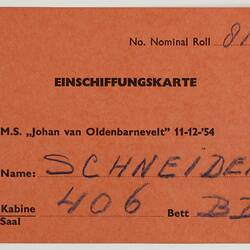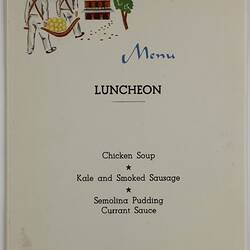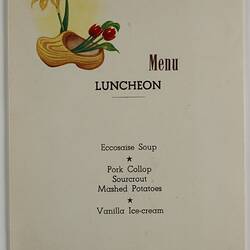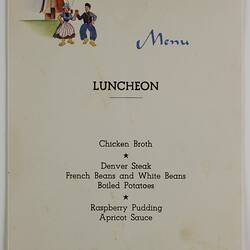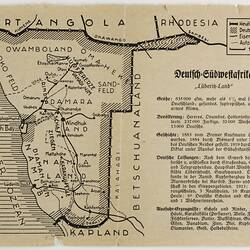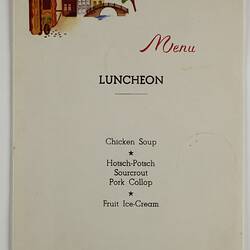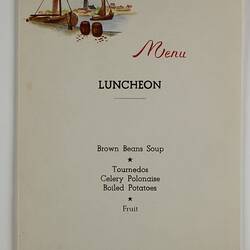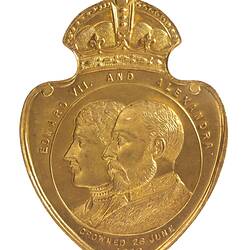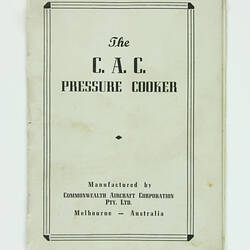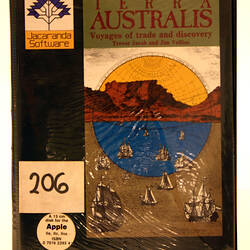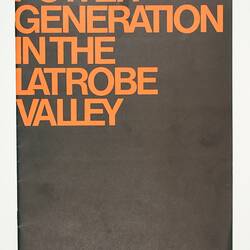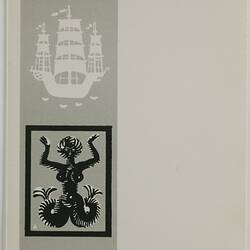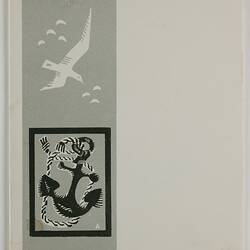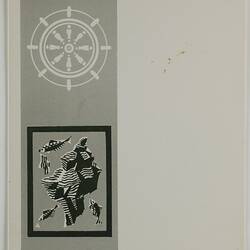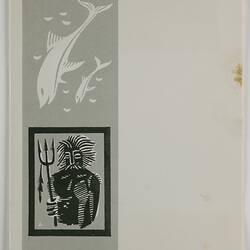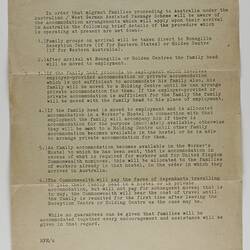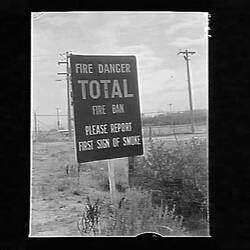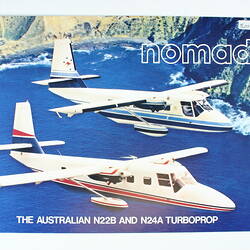The earliest inhabitants of the Morwell district were the Ganai (Gunai) Aborigines. The name 'Morwell' was later derived from a First Peoples word for 'woolly possum'. The ancestors of the Ganai inhabited the region at least 22,000 years ago. Stone tool technology was first used in the area probably about 5000 years ago, with local quarries providing material for the mobile hunting parties moving through the region.
For many decades the Ganai heard rumours of the white invaders and began to suffer introduced diseases long before they first saw them. White contact in Gippsland was bloodier than most, due to the region's isolation from civilisation and authority, and the predominantly young, male, white population that included a small proportion of hardened ex-convicts and escapees, former soldiers, and fortune seekers. Between 1840 and 1860 the Ganai population in Gippsland fell from over 2,000 to only a handful, while the white population grew to almost 2,000.
In 1841 Angus McMillan ventured south from the Monaro Tablelands, opening up Gippsland as far as Port Albert, searching for fresh pastures to enrich the pastoral empire of his employer Lachlan Macalister. Polish-born Count Strzelecki followed McMillan's track through Gippsland to the Latrobe River.
The squatting runs of Maryvale, Merton Rush and Hazelwood were soon taken up in the area which is now Morwell. In 1846 a track to Melbourne through West Gippsland was opened. To the north and east, the population of Upper Gippsland had more than quadrupled, owing largely to the discovery of gold.
The Borough of Sale was proclaimed in 1863, covering a large area that included the future Shire of Morwell. Communities in the Rosedale district soon began a protracted battle to break away from Sale's dominance, however, and the Rosedale Road Board was proclaimed and had its first meeting in May 1869.
The road to Melbourne was particularly rough and swampy, especially in winter, and was quite inadequate for the transport of stock and supplies between Gippsland and Melbourne. In 1873 the government approved the construction of a railway line from Melbourne to Sale. This led to the development of the township of Maryvale (later called Morwell). The new railway was located on higher ground to the south of the coach road, with Morwell Railway Station built on a slight rise because steam trains could not pull a normal load uphill from a standing start. Camps were established for railway construction workers, soon followed by traders offering their services to the workers.
On April 2 1879 the first train ran from Melbourne to Sale. Maryvale soon became a significant railhead for the movement of stock and goods. Infrastructure began to develop. Schools were opened, brickworks and a pottery started and a butter factory served the dairying industry that developed along with the railway.
From 1873 attempts had been made to divide the Shire of Rosedale. With the construction of the new railway pressure mounted to create a separate riding to the west, taking in Traralgon and Morwell. The agitation led to the formation of the Traralgon Riding of the Rosedale Shire in 1877. In 1886 a severance movement to create a Shire of Morwell was formed but it would be six years before the government finally agreed.
On 21 September 1888 the name of the town was changed from Maryvale to Morwell. The municipal centre for the Shire of Morwell was created on 22 May 1892.
In the 1880s coal mining began to develop as a significant local industry. In 1888, two coal mining companies were established, both producing steam coal. They closed in 1899, however, and it was not until the 1920s, when the huge coal and power development at Yallourn, 15 km from Morwell, commenced that significant exploitation of the area's coal deposits began. In the 1950s coal and power operations extended to the township of Morwell. In 1951 a test bore revealed that Morwell coal was suitable for briquettes and a briquette factory was soon under construction. Morwell Power Station was completed in 1963 and Hazelwood in 1970. In 1979 the gas-powered Jeeralang station opened.
The dairying and pastoral industries continued to flourish alongside the coal industry. Other local industries included Australian Paper Manufacturers Maryvale Mill, established in 1937 to make use of local timber.
In 1902 the Shire of Morwell became one of many to issue a medal to commemorate the coronation of Edfward VII [NU 20252].
The idea that the Shire of Morwell adopt a more befitting 'City' status originated in 1946-47. In 1973-74 the issue re-emerged. Finally, on 23 September 1990, the City of Morwell was proclaimed.
On 2 December 1994 the cities of Morwell, Moe, Traralgon, and part of Shires of Narracan and Rosedale, united to become the Latrobe City Council.
References:
Municipal Association of Victoria website http://www.mav.asn.au/
Blake, L. (1977). Place Names of Victoria.
Latrobe City Council website https://www.latrobe.vic.gov.au/
More Information
-
Keywords
-
Localities
-
Authors
-
Article types
